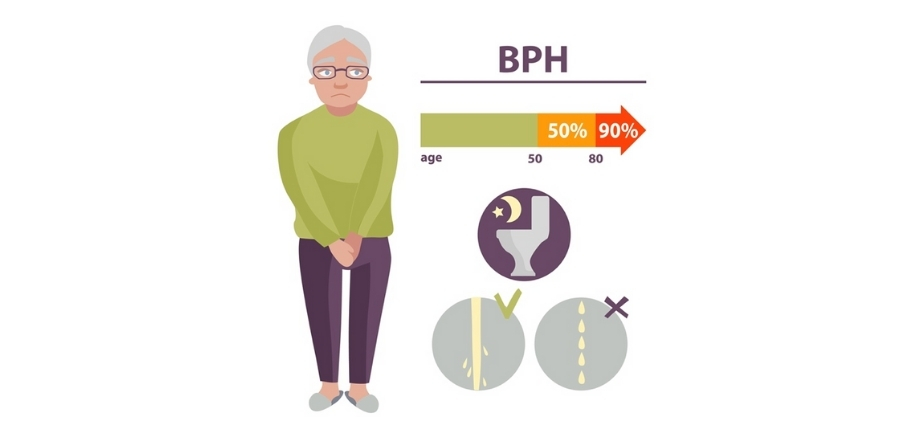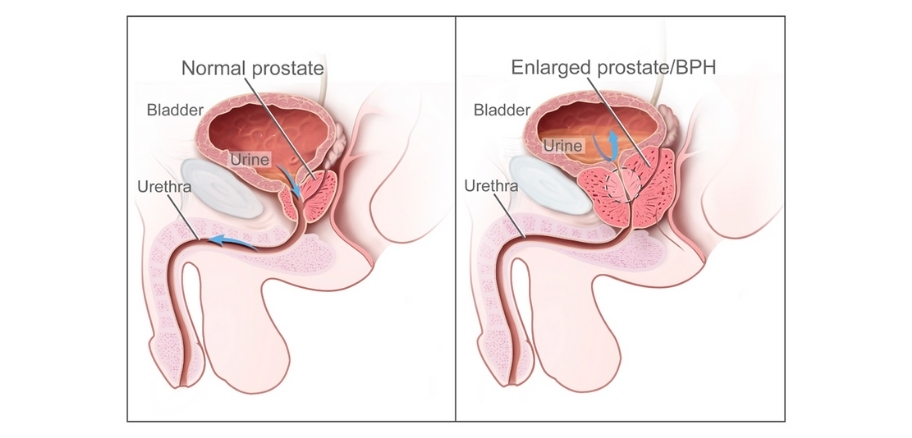What Erectile Dysfunction Pill is right for you?
Having trouble getting and maintaining an erection? The most popular treatment for erectile dysfunction are medications like Viagra, Cialis and Levitra. These medications are formally called phosphodiesterase type 5 inhibitors or PDE5’s for short. With several options on the market, men often ask what’s the difference and which will give them more bang for the buck? Instead of making a selection based on the most repetitive commercial, let’s dive into which option is the right choice for you!
What is sildenafil (Viagra)?
Also known as the “little blue pill,” sildenafil is the chemical name and active ingredient in Viagra. The FDA approved Viagra in March of 1998 for treatment of ED and has since been used in over 20 million men annually.
How long does sildenafil take to work?
The amount of time required for sildenafil to start working can depend on several factors, from the specific response you have to the drug, to the amount of food eaten. Fat in a meal can delay the effects of Sildenafil and also decrease the amount absorbed (unless you are taking the rapid dissolve chewable which we will get to soon).
Sildenafil is a short acting medication with a rapid onset. It should be taken 20-30 minutes before sexual activity, and it reaches peak blood levels in 60 minutes on average.
How long does sildenafil last?
Sildenafil packs a punch in a short amount of time with a 4-6-hour half-life. The half-life determines how long the body will take to process the medication and be gone from the body in healthy individuals. The time it takes to eliminate may be prolonged in older people and people with liver or kidney disease.
What is Vardenafil (Levitra)?
Vardenafil works, similar to sildenafil with a quick onset and short half-life. In August of 2003, Levitra became the second FDA approved medication for ED. Although similar to Viagra, neither medication is better than the other. What works best for you might not work best for your buddy. The best drug should be based on medical history and overall health.
How long does vardenafil take to work?
Vardenafil is a short acting drug with a typical onset between 15-30 minutes and peak levels after 60 minutes. Clinical trials showed side to side, Levitra kicked in about 4 minutes faster than Viagra. Although that may seem insignificant…4 minutes is 4 minutes! Several studies also showed that Levitra can be taken with food or drink.
How long does vardenfil last?
Vardenafil has a half-life of 4-6 hours.
What is tadalafil (Cialis)?
Tadalafil is often times referred to as the “weekend warrior,” as it has a much longer half-life than its counter parts Viagra and Levitra. If you prefer to be more spontaneous and less preplanned with your sex life, Cialis can be a great option. Cialis is FDA approved for ED and Benign Prostatic Hyperplasia (BPH).
How long does tadalafil take to work?
Tadalafil should be taken 30-60 minutes before sex. Cialis is also FDA approved for a 5mg daily use, creating a steady amount of the medication in the blood and eliminates the need to plan for sex. Daily Cialis can become part of your daily routine. The low dose daily has also been found to decrease symptoms of waking up frequently to urinate, straining to urinate, or frequency and urgency of urination. Also, a plethora of biohackers consider a daily Cialis one of the best anti-aging medications on the market.
How long does tadalafil last?
Tadalafil has a 36-hour half-life or duration of action, compared to Levitra and Viagra at 4-6 hours. Many men find the longer duration more appealing because there is less pre-planning and can have multiple erections within the timeframe.
Oral or Dissolve?
Most commercially available PDE5’s come in an encapsulated pill or tablet form with an outside film coating. This film acts as a barrier of absorption so the medication can be broken down in the digestive track. Once the body breaks down the coating and medication, less of the ingredients are active in the blood stream.
Rapid dissolve tablets are now compounded for better results and avoiding the hassle of taking on an empty stomach. Let’s be honest, when are you not eating or drinking when sex is involved? Absorption across the mucus membrane in the mouth bypasses the gut and sends the medication directly into circulation. More of the drug in circulation equals an improved response and more rapid onset. A study published in 2003 found patients preferred the dissolvable PD5’s because of the higher bio-availability, discrete intake, inability to swallow a pill and faster response times.
Research shows PDE5’s are a great first line treatment for erectile dysfunction and effective in about 80% of men. However, not all men have the desired response with oral medications. Other erectile dysfunction treatments include shockwave therapy, trimix, and platelet rich plasma. To discuss which PDE5 is right for you or other treatment options call 618-632-9000 (O’Fallon, Illinois) or 314-833-9000 (Town and Country, Missouri) to speak with a medical professional.

